MomBalm
Meaningful Moments Amid the Mayhem
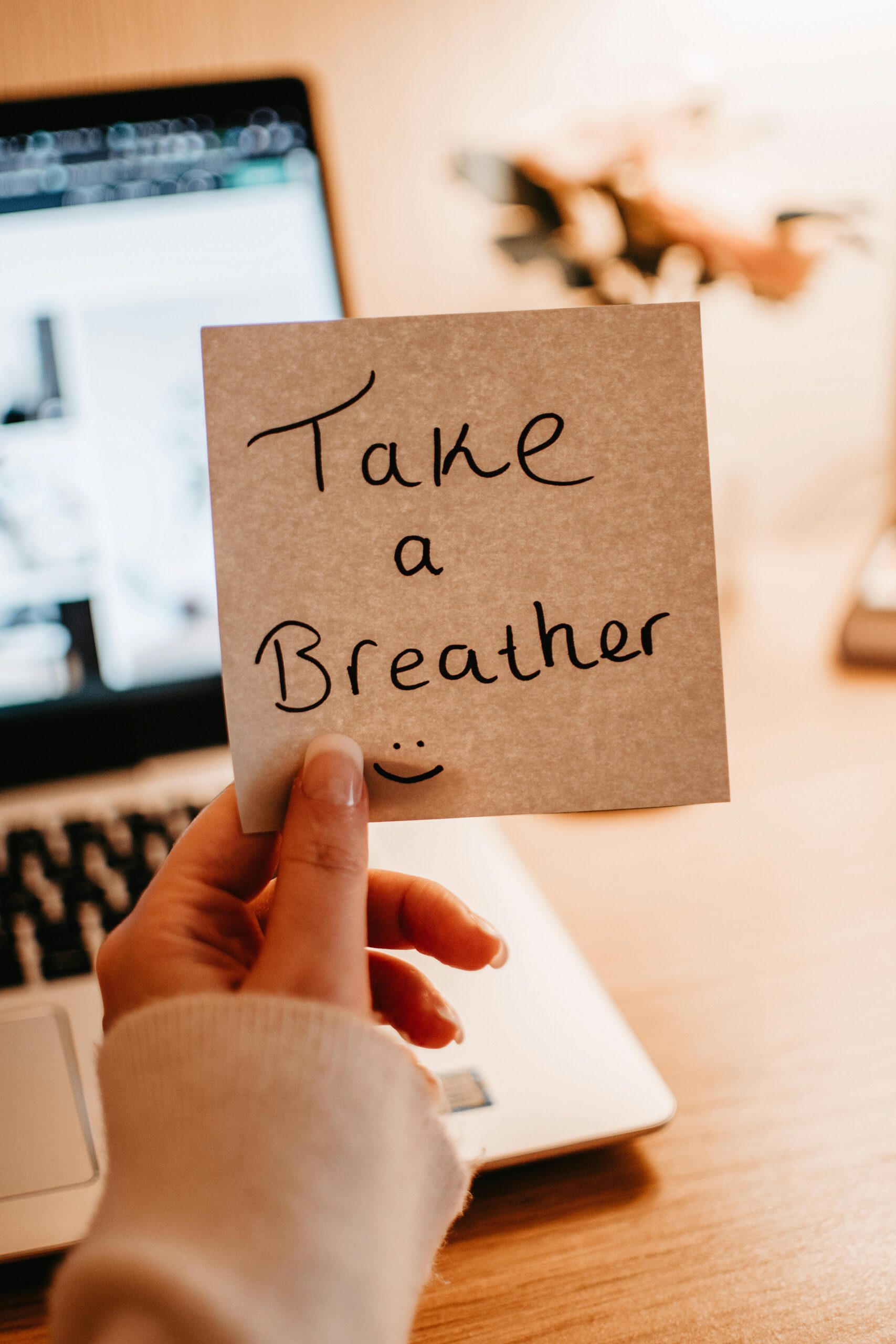
Relax
Pause, Breathe, and Recharge: How Relaxation Boosts Your Productivity
Breathing and relaxation practices are essential tools in any mindfulness routine. For me, these simple techniques have become my most valuable and frequently used. In his book Walking Through Anger, Christian Conte explains that our minds often mirror the state of our bodies. When we’re physically uncomfortable—whether from fatigue, fluctuating temperatures, pain, anxiety, or other stressors—we tend to seek external sources to blame for our discomfort. This insight helped me realize that taking time to check in, breathe, and allow myself the space to process my feelings before reacting wasn’t a loss of productivity or a waste of time. In fact, it’s the most valuable thing I can do to show up as my best self.
Before adopting mindfulness, I spent most of my days on “efficiency autopilot.” I was often uncomfortable, but I wasn’t about to stop and investigate why. Productivity took priority over my well-being, a habit that didn’t make me particularly pleasant company—for myself or for anyone else.
Taking a few minutes to pause and return to a balanced baseline when you’re feeling off is invaluable. Practicing mindful breaks has saved me so much time that I once lost to distraction, redoing tasks, dwelling on regrets, apologizing for reactive behavior, and clumsiness. Consider the time you might spend dealing with similar frustrations. Wouldn’t a few moments of relaxation be a worthwhile trade? Ironically, the more I slow down and pay attention, the more efficient I’ve become.

Breathing Exercises
As someone prone to panic attacks, I’ve learned firsthand how powerfully breathing can affect emotions. I still catch myself sighing deeply when lost in thought—definitely not a helpful habit. Next time you catch yourself doing a lot of heavy sighing, tune into how your body feels—likely a bit tense or with a racing heart. It’s a natural reaction to stress but can actually create more agitation than it relieves. In the past, I’d hyperventilate during panic attacks, sometimes even to the point of fainting. It’s incredible how much our bodies instinctively do to sustain us, yet how easily they can be misled about what’s genuinely helpful during times of stress. Evolutionarily, we are still programmed to perceive stress as a threat to our lives, and our body reacts by preparing us to fight or flee. Unfortunately, most of the stress we experience today doesn’t threaten our physical well-being, and those signals to fight or escape end up getting in the way rather than providing the assistance they were meant to.
Breathing exercises have become an essential part of my mindfulness toolkit. They aren’t just useful for calming panic; I’ve used them to regain composure in moments of frustration, to quiet my mind and body before sleep, or to snap back to a more rational and realistic perspective when I’ve started making mountains out of molehills or taking things way too personally.
Even though we’ve been breathing all of our lives, most of us don’t know how to breathe for emotional regulation—even though proper breathing can:
- Lower blood pressure
- Reduce anxiety and depression
- Improve sleep quality
- Enhance cognitive function
I typically avoid guided breathing exercises, as matching someone else’s rhythm still tends to result in hyperventilation for me. However, I have a couple of favorite techniques that allow me to regulate my nervous system without the need of a guide.
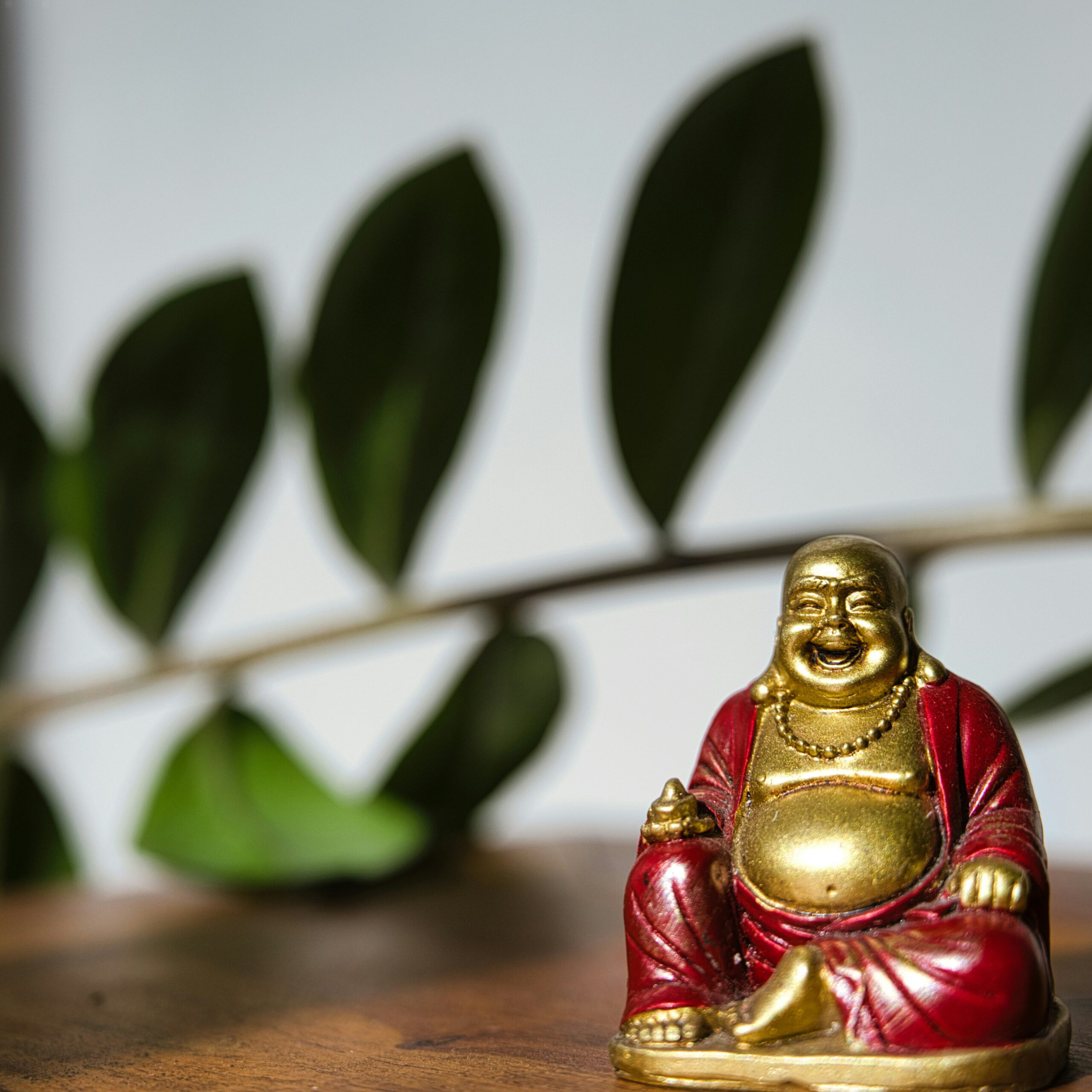
Belly Breathing
Belly breathing is exactly what it sounds like. Many of us are chest breathers, which is more taxing on the body—it moves less air, requires more effort, and is quicker to trigger the fight-or-flight response. By relaxing your abdominal muscles, breathing deeply into your belly, holding for a beat, and then fully exhaling, you can shift into a more regulated state.
A common misconception people have about hyperventilating it’s a need for more oxygen. It certainly feels that way, but it’s usually caused by excess carbon dioxide, as we’re so focused on breathing in that we forget to fully exhale. Don’t skimp on the out-breaths—they’re just as important as the in-breaths!

Box Breathing
Another simple yet effective technique, box breathing involves inhaling for four counts, holding for four, exhaling for four, and pausing for four before repeating. It can offer a quick solution to calming the fight-or-flight response, helping you gain clarity over the moment when needed. I often rely on it in situations like driving, where my posture and seatbelt make belly breathing less practical.
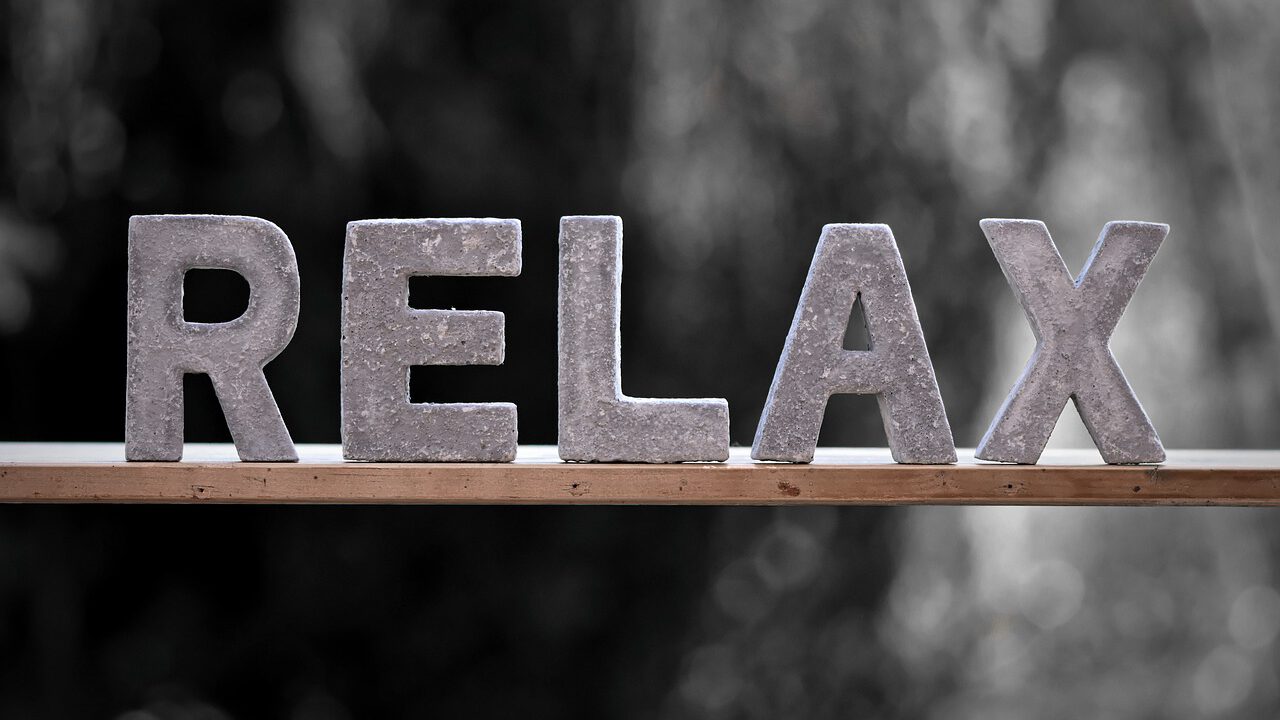
Relaxation Techniques
Relaxation techniques are powerful tools not only for moments of panic or stress but also for everyday maintenance of emotional and physical well-being. These methods help bring balance and calm, whether you’re feeling overwhelmed, frustrated, or simply in need of a reset.
Chill Vibes: Science-Backed Serenity
When I’m feeling particularly reactive, I turn to the Weightless tracks by Marconi Union. Developed with sound therapists, this music has been scientifically proven to reduce stress, lower blood pressure, and reduce heart rates. The first Weightless track became my go-to when I was starting to find my way out of panic attacks. I highly recommend adding it to your playlist for those moments when you need a steadying influence.
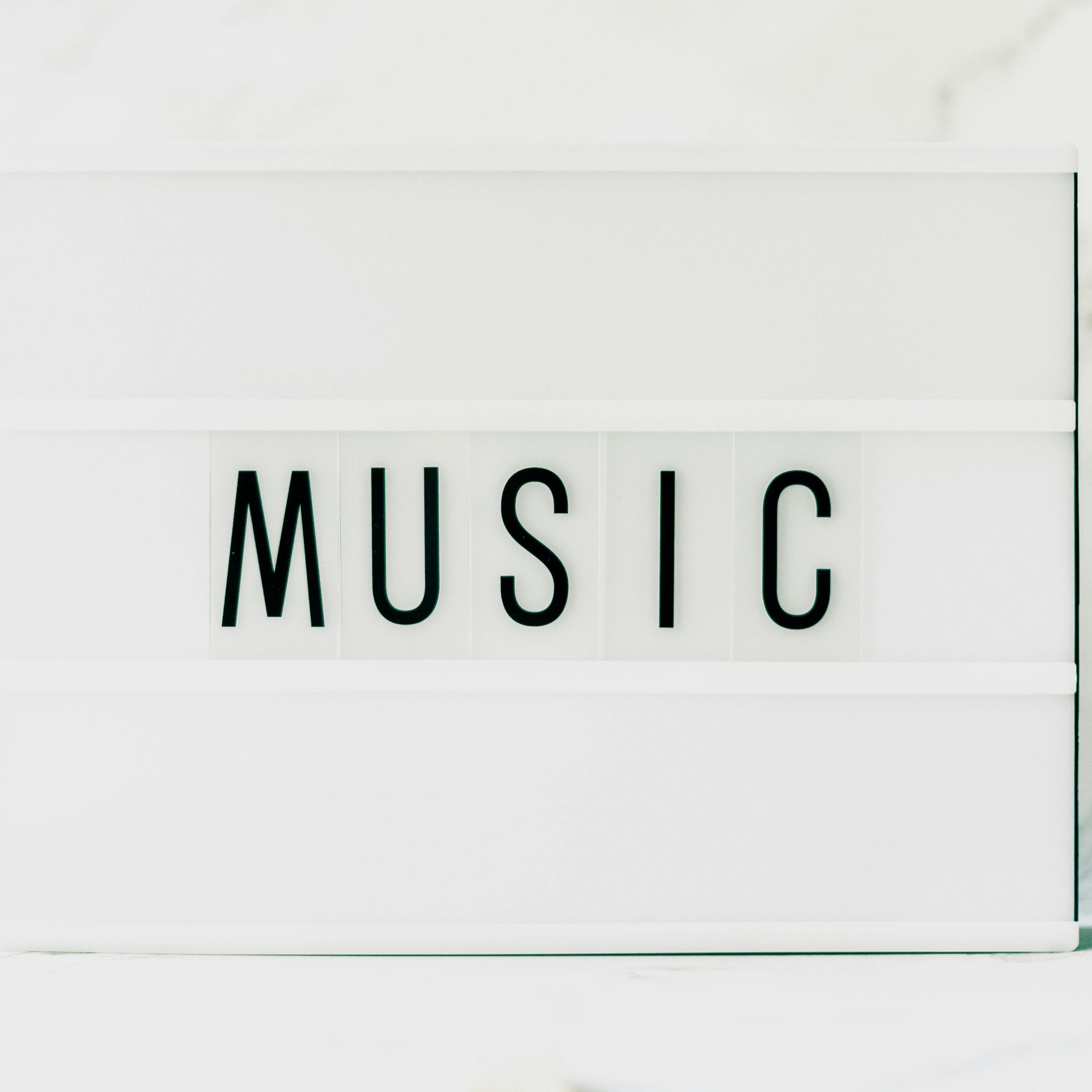
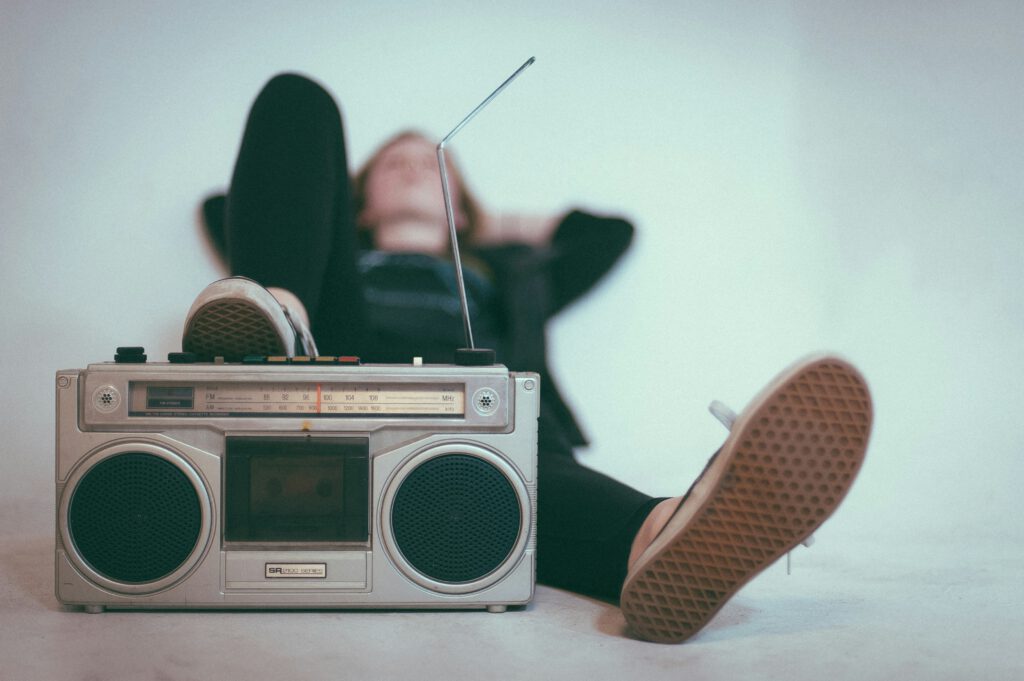
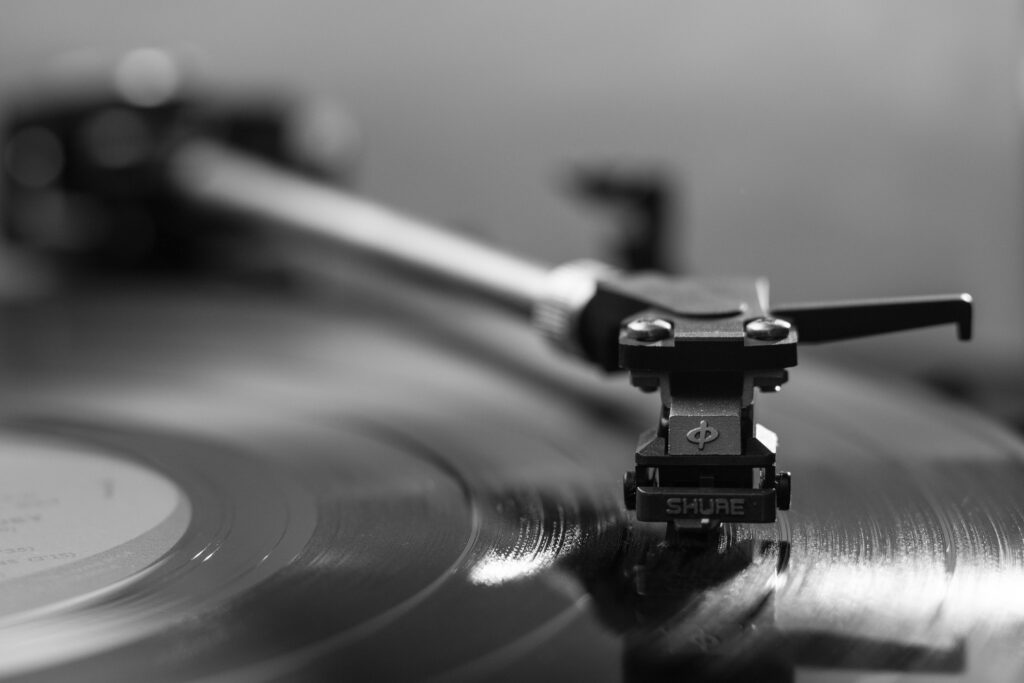
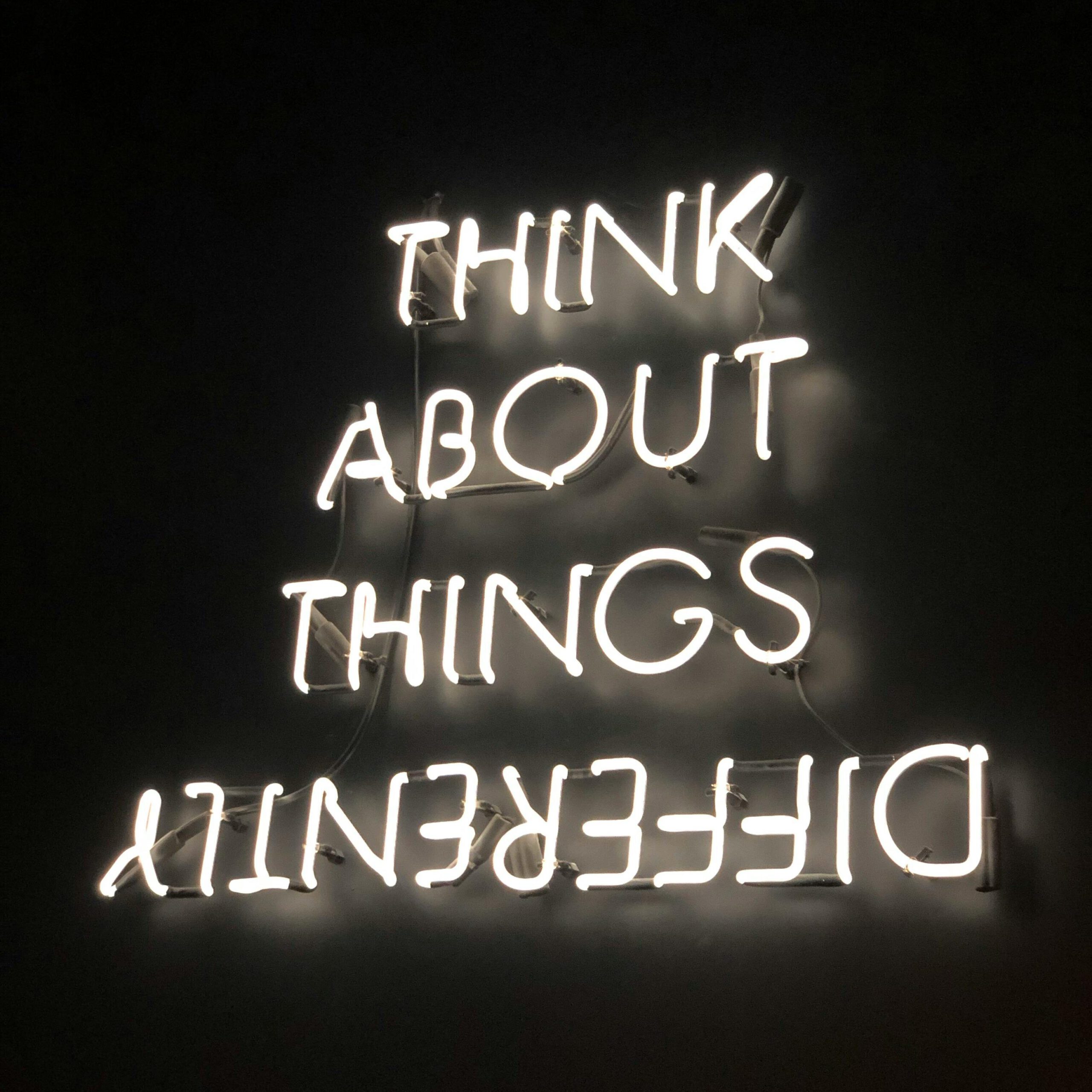
Music for Every Mood
Music profoundly affects our emotions. Studies show that it can reduce stress, enhance mood, and even improve cognitive function. But, it’s important to avoid music that might amplify negative feelings. Over the years, I’ve created playlists for various moods, each curated to keep me grounded, uplifted, or calm depending on the moment.
We all have difficult people in our lives whom we choose to keep around for one reason or another. I’ve found that discreetly keeping one earbud in with soft classical music helps me stay grounded during interactions or situations that might otherwise leave me feeling uneasy or agitated, battling that restless urge to escape.
Sign up to receive playlist updates. You’ll get notified whenever fresh music or playlists are available

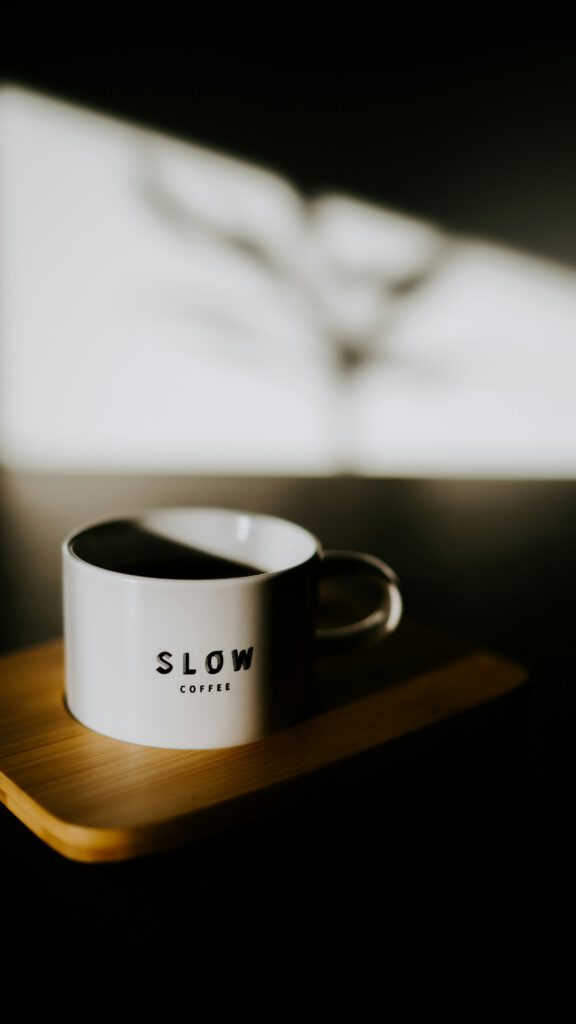
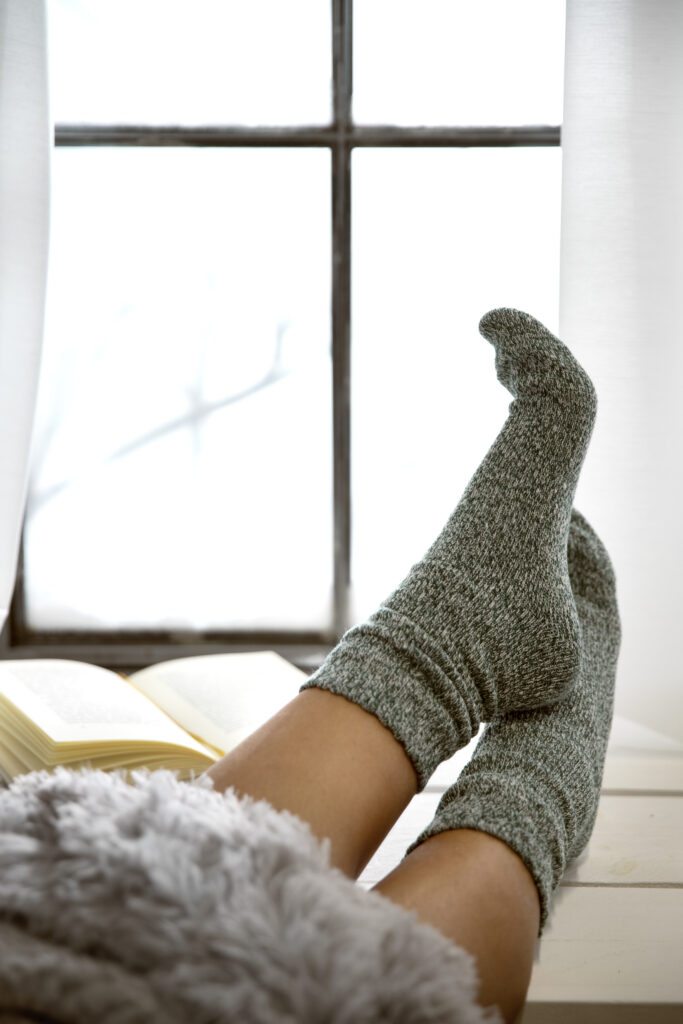


Niksen: The Dutch Art of Doing Nothing
Who wouldn’t love the idea of doing nothing—guilt-free? The beauty of Niksen is in consciously stepping away from productivity without that nagging feeling that you’re just being lazy and avoiding important tasks. It’s a purposeful pause where you let yourself sit and let your mind wander without agenda. Imagine it as taking a step off the hamster wheel of life for a moment, letting yourself reset before jumping back in. This practice brings:
- Stress relief and reduced cortisol levels
- Enhanced creativity
- Improved concentration and problem-solving skills
- Clearer decision-making
How to Practice Niksen: Find a quiet space, sit comfortably, and allow yourself to simply be. Don’t force your mind to be still, just let your thoughts come and go without engaging with them. Focus on the sensation of sitting still, breathing naturally, or observing your surroundings without the pressure to accomplish anything. Whether it’s watching the clouds, listening to soft sounds, or just zoning out for a few minutes, the goal is to be present in the moment, without any agenda.
How Not to Practice Niksen: Niksen is not about switching from one form of activity to another. Avoid using this time to scroll through your phone or watch TV—even if you’re “relaxing.” Checking emails or mindlessly scrolling through social media doesn’t give your mind the break it needs. The idea is to let go of action and allow space for mental rest.
In today’s world, it’s easy to feel bound to productivity from sunrise to sunset. Yet we’re often less productive when we’re tired, overworked, or emotionally drained. Without balance and self-compassion, even our best efforts can yield subpar results. Taking intentional moments to recharge elevates not just our downtime but also our productivity. A little self-care can go a long way in bringing more clarity, energy, and focus to everything we do.

When All Else Fails: Move
If you’re feeling too worked up to relax, getting active can be a great alternative. There’s always something like dishes to wash, laundry to fold, stretching, or even a short walk—any physical task can help bring you out of your head and back into a balanced state. As you move, focus on staying “in your body” by noticing textures, temperatures, background sounds, and other small details around you.
Somewhere in my reading, I encountered a powerful practice: picking up a stick to symbolize your anger (or whatever feelings are taking over at the moment), then walking until you’ve processed that anger. Afterward, you drop the stick (your anger) and return home, symbolizing the release of that emotion. This practice aligns with longstanding traditions in many indigenous cultures, which often use symbolic or ritualistic acts to process emotions, including anger.
In truth, I have never actually carried a stick, but I have carried a rock, or sometimes just imagined a stick.
Carrying an object, like a stick, to embody anger and then physically discarding it reflects the idea of releasing negative energy back to the earth. This is a recurring theme in Native American, Aboriginal, and other traditions, where emotions are not suppressed but acknowledged and transformed through physical and symbolic acts.
What’s striking is how many ancient cultures had healthier, more intentional practices for processing emotions and supporting one another, compared to the often fragmented and rushed ways we handle them today. When we look back at what worked for our ancestors, we can learn valuable lessons. Humans haven’t changed much in the past 50,000 years, yet our world has become exponentially faster and more complex. In such an environment, it’s easy to forget that our nervous systems weren’t designed to cope with the constant barrage of modern-day stress.
Taking time to slow down, disconnect, and engage in practices that help us process emotions—whether through symbolic acts like the stick or other grounding methods—can be invaluable. Giving ourselves permission to step away from the noise allows our nervous systems to recover and regain balance, which can be transformative for our mental and emotional health.
Read, Reflect, Thrive
Join Our Community
Stay in the loop. Sign up to receive updates about articles, tips and resources directly in your inbox
